- Accedi
- Registrati
-
Cerca nel sito

Eretto nel XI Secolo su un’altura che domina le morbide colline della zona sud del Chianti, il Castello di Brolio deve il suo attuale aspetto a Bettino Ricasoli, che nella seconda metà dell’Ottocento volle farne uno dei più alti esempi del Neogotico Senese. Qui Bettino Ricasoli (1809-1880) protagonista del Risorgimento italiano a fianco di Cavour e poi per due volte Primo Ministro del Regno, eseguì degli esperimenti che portarono alla nascita del moderno Chianti. Le stanze dell’antico cassero ospitano la Collezione Ricasoli, che raccoglie pezzi unici e rari che raccontano la storia di questa famiglia di origine guerriera, che ha combattuto a fianco dei Medici e che poi ha dato un contributo fondamentale all’Unità d’Italia. A fianco della cappella si erge la residenza della famiglia Ricasoli. Il palazzo padronale, in mattoni e pietra in stile neogotico senese, fu restaurato e in parte ricostruito nel 1860 su progetto dell’architetto Marchetti mentre dietro s’innalza l’antico cassero con le torri merlate.
La poderosa struttura dei muri di cinta (alte 14 – e lunghe 450 m), erette a pianta pentagonale irregolare, permetteva la difesa da tutti i lati del castello, e secondo uno studio condotto dal generale Raffaele Cadorna quelle di Brolio rappresenterebbero il primo esempio di mura bastionate in Italia. Sul fronte principale del castello (lato sud), si possono ammirare i monti di Cetona e di Radicofani, mentre a sud appare la mole del monte Amiata. Verso sud-ovest spiccano i campanili e le torri della città di Siena, e più a destra i monti di Volterra e in basso la valle dell’Arbia. Oggi il castello, è la sede di un’impresa moderna con le cantine all’avanguardia poco lontane. Tutt’intorno ci sono 230 ettari di vigneto della tenuta, la più grande del Chianti Classico: 1200 ettari tra i comuni di Gaiole e di Castelnuovo Berardenga, 26 dei quali sono coltivati a olivi.
La storia del Castello di Brolio
Il Castello di Brolio si erge sulla sommità di un poggio isolato lungo le propaggini della dorsale montuosa del Chianti, a 530 metri sopra il livello del mare. Le prime notizie del castello risalgono all’XI secolo quando, nel 1009, Bonifacio marchese di Toscana e padre della contessa Matilde lo cedette ai monaci della Badia Fiorentina insieme alla sottostante chiesa di San Regolo. Nel 1141 i Ricasoli entrarono in possesso del castello in cambio della cessione di alcuni terreni ai monaci della Badia a Coltibuono. Nel 1176, dopo la sconfitta di Legnano, la Repubblica Fiorentina, approfittando del declino del Barbarossa – alleato di Siena – strappò ai senesi una parte del Chianti comprendente anche il Castello di Brolio e le sue terre fino al fiume Arbia. Da questo momento in poi Brolio divenne la roccaforte fiorentina più vicina alla nemica Siena. Nel 1434 l’avventuriero senese Antonio di Checco Rosso Petrucci riuscì a impadronirsi di Brolio con l’inganno, rinchiudendo nei sotterranei Galeotto Ricasoli e la sua famiglia.
La Repubblica Fiorentina instaurò prima delle trattative, ma visto l’esito negativo di queste inviò al castello Neri Capponi con un manipolo di soldati, che costrinsero Antonio di Checco alla ritirata dopo quaranta giorni di permanenza a Brolio e la conseguente distruzione di parte della roccaforte. Nel 1478 fu la volta degli eserciti di Ferdinando d’Aragona re di Napoli, di Papa Sisto IV e dei senesi ad attaccare il castello e ad assediarlo per quasi due mesi. I nemici di Firenze riuscirono quindi a occuparlo, saccheggiandolo prima e distruggendolo quasi completamente poi. Terminata la guerra, il Consiglio Generale del Popolo Fiorentino, nella seduta del 23 aprile del 1484, decise di ricostruire il castello e le mura di difesa.
Le mura e i baluardi che ancora oggi circondano Brolio sono proprio quelli voluti dai fiorentini alla fine del XV secolo, a difesa di un avamposto di vitale importanza contro Siena. Nel 1529, nel corso del celebre assedio di Firenze da parte dell’esercito spagnolo dell’imperatore Carlo V, il castello di Brolio fu assalito ancora una volta dai Senesi. I Ricasoli furono cacciati e il castello dato alle fiamme. Sopravvissero soltanto le mura di cinta. Nel 1555 Siena fu definitivamente conquistata dai fiorentini e Brolio – come le altre fortezze del Chianti – perse il proprio ruolo difensivo. La pace portò con sé la fine delle distruzioni e l’inizio di un periodo di prosperità per tutti gli abitanti. Nei primi anni del XIX secolo, sotto il governo napoleonico, il castello entrò a far parte del Dipartimento dell’Ombrone e quindi passò nella Provincia di Siena insieme ai Comuni del Chianti.
Nella prima quindicina del luglio 1944, durante la ritirata delle armate tedesche verso nord, il castello di Brolio venne per l’ultima volta investito per ben dodici giorni dall’artiglieria e da bombardamenti aerei degli alleati inglesi e sud-africani. Il 15 luglio, essendosi ritirate le pattuglie tedesche di copertura, il castello fu occupato senza colpo ferire. Dei gravi danni subiti nel corso dei bombardamenti, sono ancora visibili alcuni segni minori.
I servizi
Da marzo a novembre è possibile visitare i bellissimi giardini in stile cinquecentesco del Castello di Brolio e ammirare la Cappella di San Jacopo le cui origini risalgono alla metà del XIV sec. Accompagnati dalla guida si può inoltre accedere alla collezione Ricasoli: un’esposizione permanente composta da quattro sale e collocata all’interno del cassero dell’antico maniero, che custodisce pezzi unici e rari appartenuti ai membri della Nobile casata. Proseguendo lungo le mura del castello si giunge fino al terrazzo principale dal quale si gode di un panorama mozzafiato sulla campagna senese e sui vigneti dell’azienda di famiglia.
Situata alle pendici del Castello di Brolio, l’enoteca offre la possibilità di degustare e acquistare tutti i vini e gli olii Barone Ricasoli, oltre a preziosi oggetti d’artigianato locale. Aperta tutto l’anno, senza prenotazione. A pochi passi dall’Enoteca, l’Osteria del Castello completa l’offerta turistica della Tenuta dove sono serviti piatti rigorosamente toscani nel pieno rispetto della stagionalità degli ingredienti.
Su prenotazione è possibile organizzare visite private per individuali e gruppi.
Il giardino del Castello di Brolio, la Cappella di San Jacopo e la Collezione Ricasoli (esposizione permanente) sono aperti ai visitatori ogni anno da aprile a dicembre, con orari diversi a seconda della stagione.
Luoghi di interesse nelle vicinanze: a 30 min in macchina dalla città di Siena – a 1 ora 30 min dalla città di Firenze – a 2 ore dalla città di Pisa.
 Castelli
Castelli
 Dimore
Dimore
 Location
Location
 Pet Friendly
Pet Friendly
 Ristoranti
Ristoranti
 Sacralità
Sacralità
 Sapori
Sapori
 Set Interni
Set Interni
 Agriturismi
Agriturismi 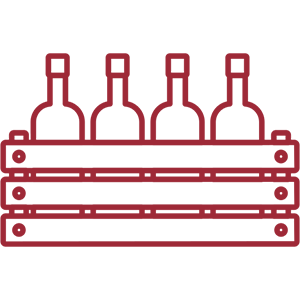 Cantine
Cantine 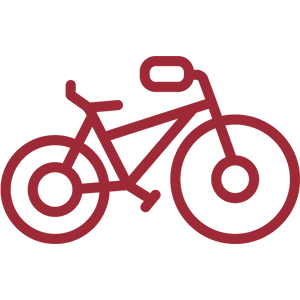 Cicloturismo
Cicloturismo 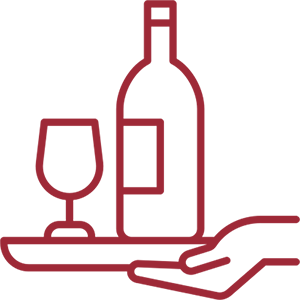 Degustazioni
Degustazioni  Dimore Visitabili
Dimore Visitabili  Enoturismo
Enoturismo 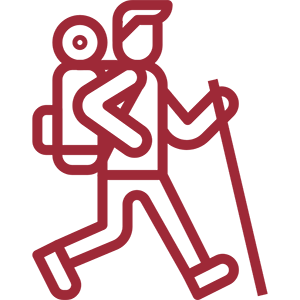 Escursioni
Escursioni  Giardini
Giardini 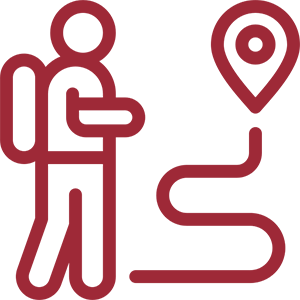 Itinerari a piedi
Itinerari a piedi  Natura
Natura  Ristoranti
Ristoranti 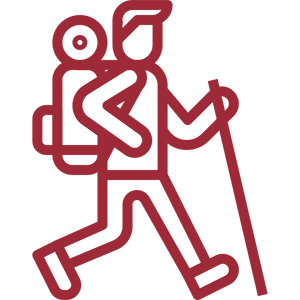 Trekking
Trekking  Turismo culturale
Turismo culturale